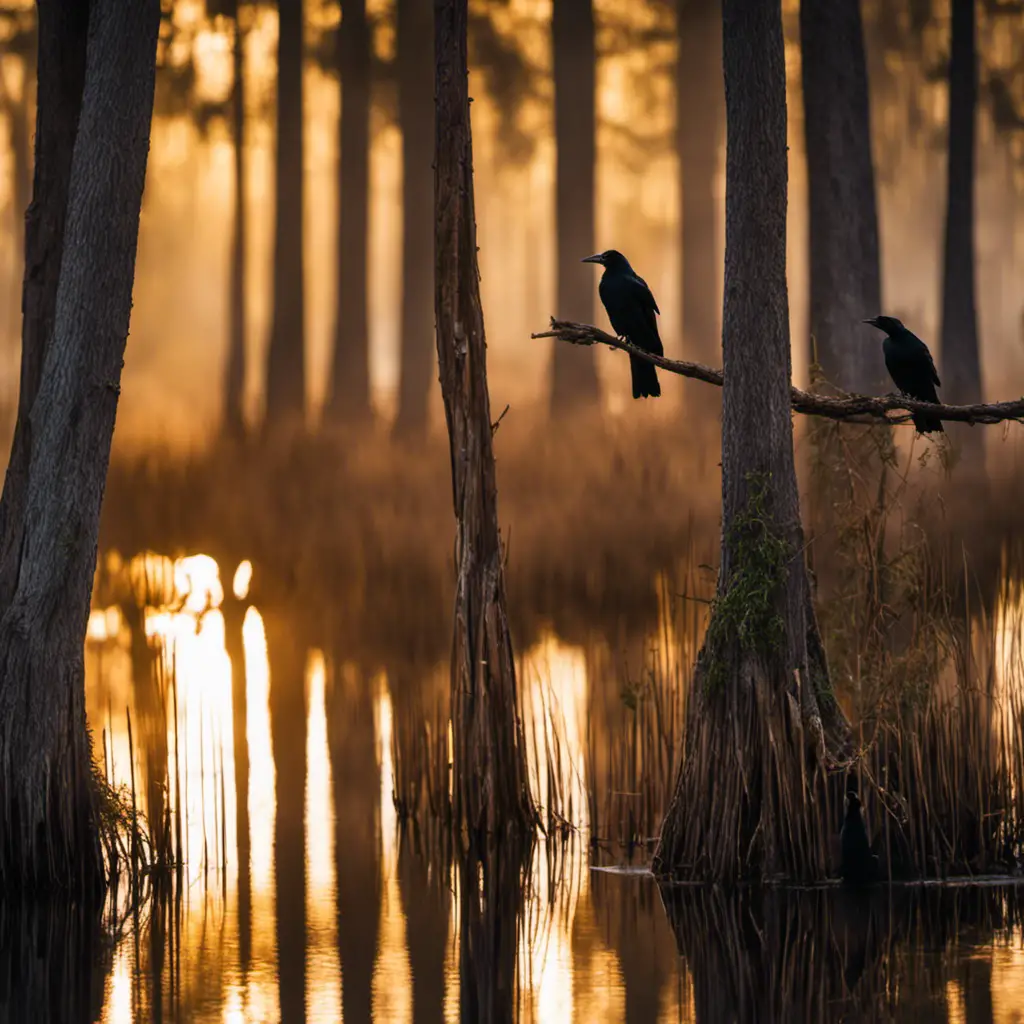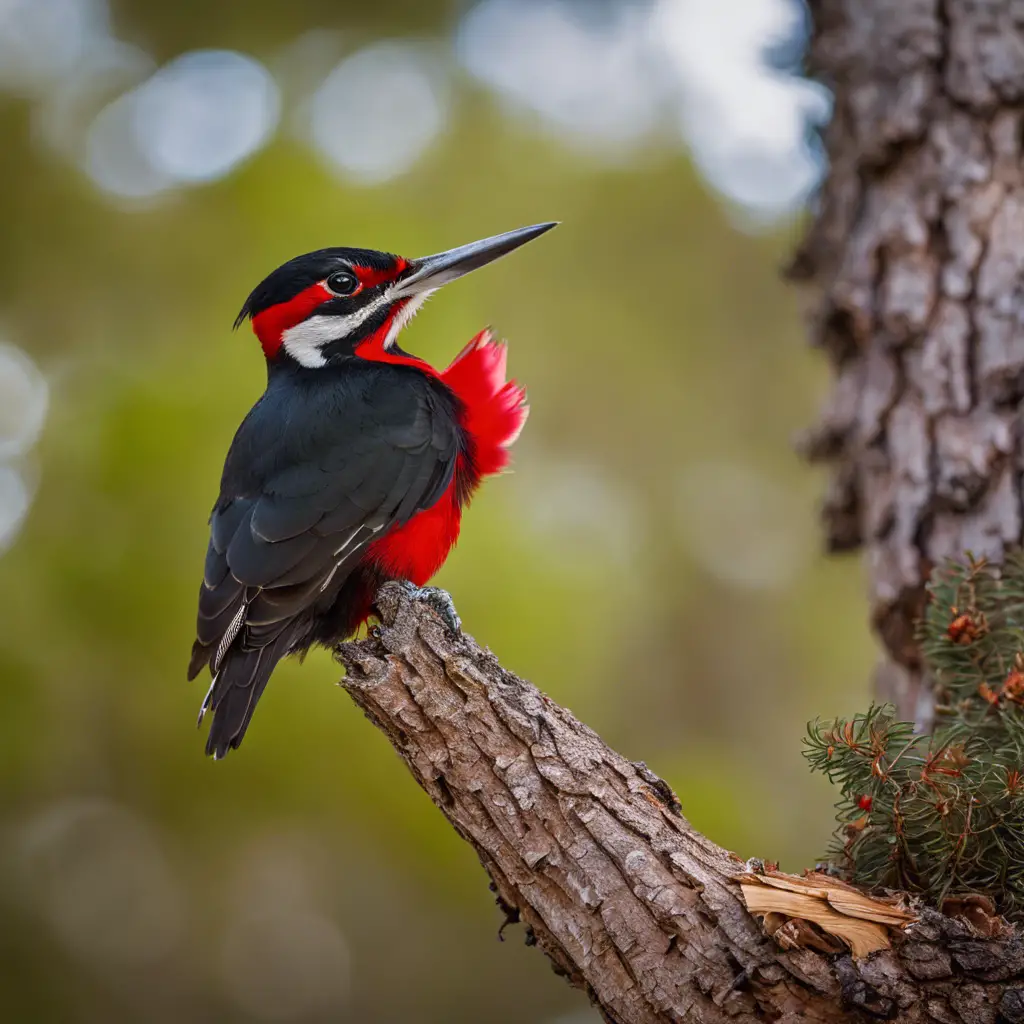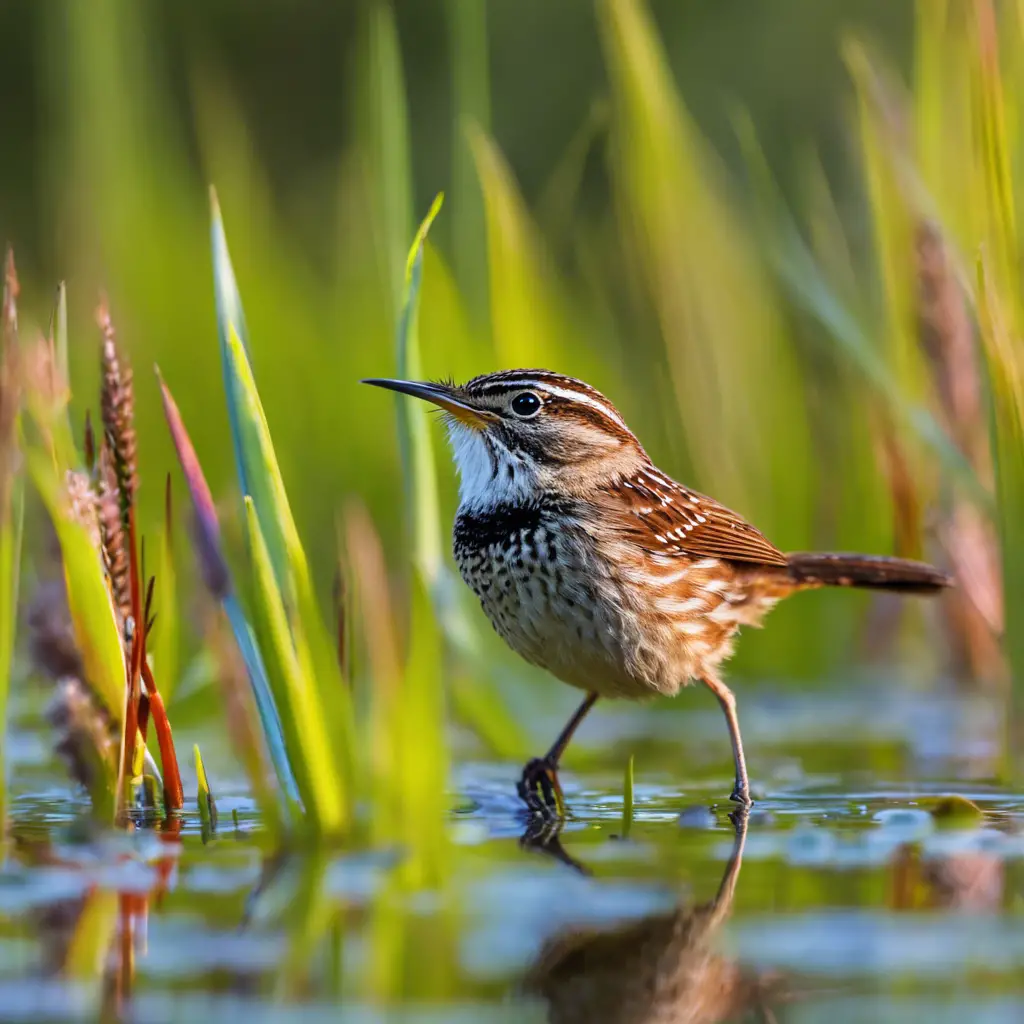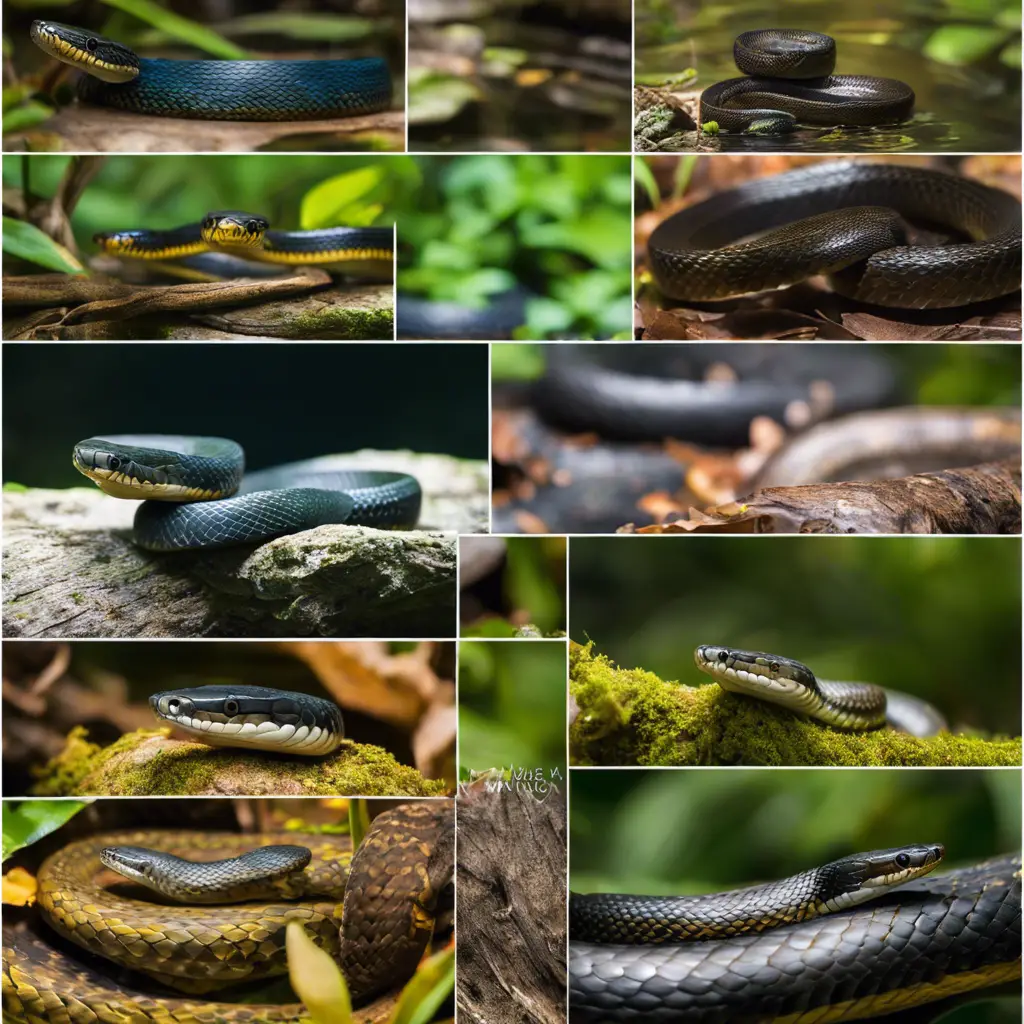This article provides an overview of the diverse crow species found in Florida.
The species discussed include the American crow, Fish crow, Northwestern crow, Tamaulipas crow, Sinaloa crow, Common raven, Pied crow, Brown-necked raven, and Fan-tailed raven.
Each species is examined through a scientific lens, offering detailed insights into their characteristics, behaviors, and habitats.
By employing a professional and objective writing style, this article aims to provide a comprehensive understanding of the remarkable crows inhabiting the diverse ecosystems of Florida.
Key Takeaways
- There are approximately 30,000 American crows and over 100,000 fish crows in Florida.
- American crows are omnivorous scavengers and opportunistic feeders, while fish crows have a coastal habitat preference and feed on fish, shellfish, and carrion.
- Both species play a crucial role in controlling pests and facilitating forest regeneration.
- Fish crows have unique vocalizations that distinguish them from other crow species.
American crow
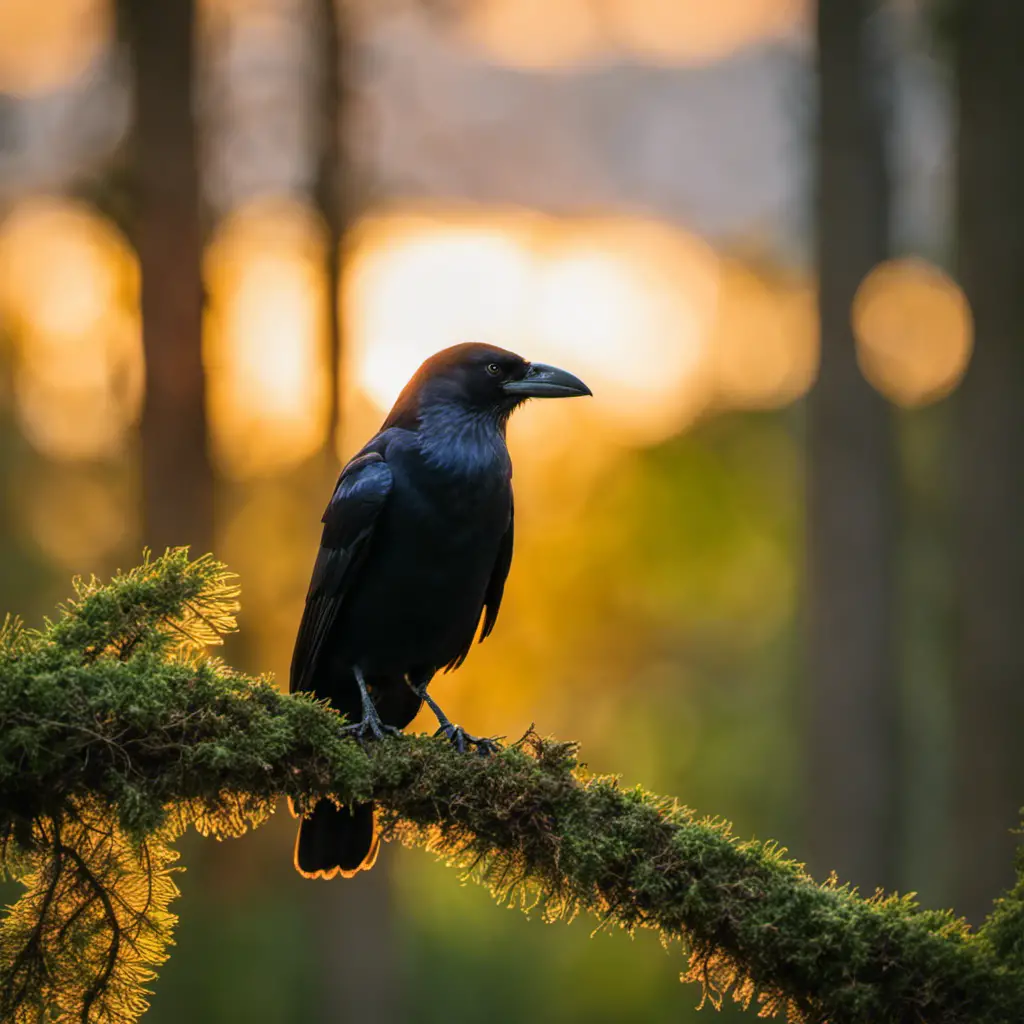
There are approximately 30,000 American crows residing in the state of Florida, making them a significant and prominent bird species in the region.
American crows, scientifically known as Corvus brachyrhynchos, have a diverse diet consisting of both plant and animal matter. They are omnivorous scavengers and opportunistic feeders, consuming fruits, seeds, insects, small mammals, eggs, and carrion.
Their feeding habits include using their strong beaks to dig for invertebrates in the ground, probing in tree bark for insects, and even using tools to access hard-to-reach food sources.
American crows play a crucial role in the ecosystem by aiding in the maintenance of balance. They help control populations of pests like insects and rodents, while also dispersing seeds and facilitating forest regeneration through their foraging activities.
The presence of American crows contributes to the overall health and stability of the Florida ecosystem.
Fish crow
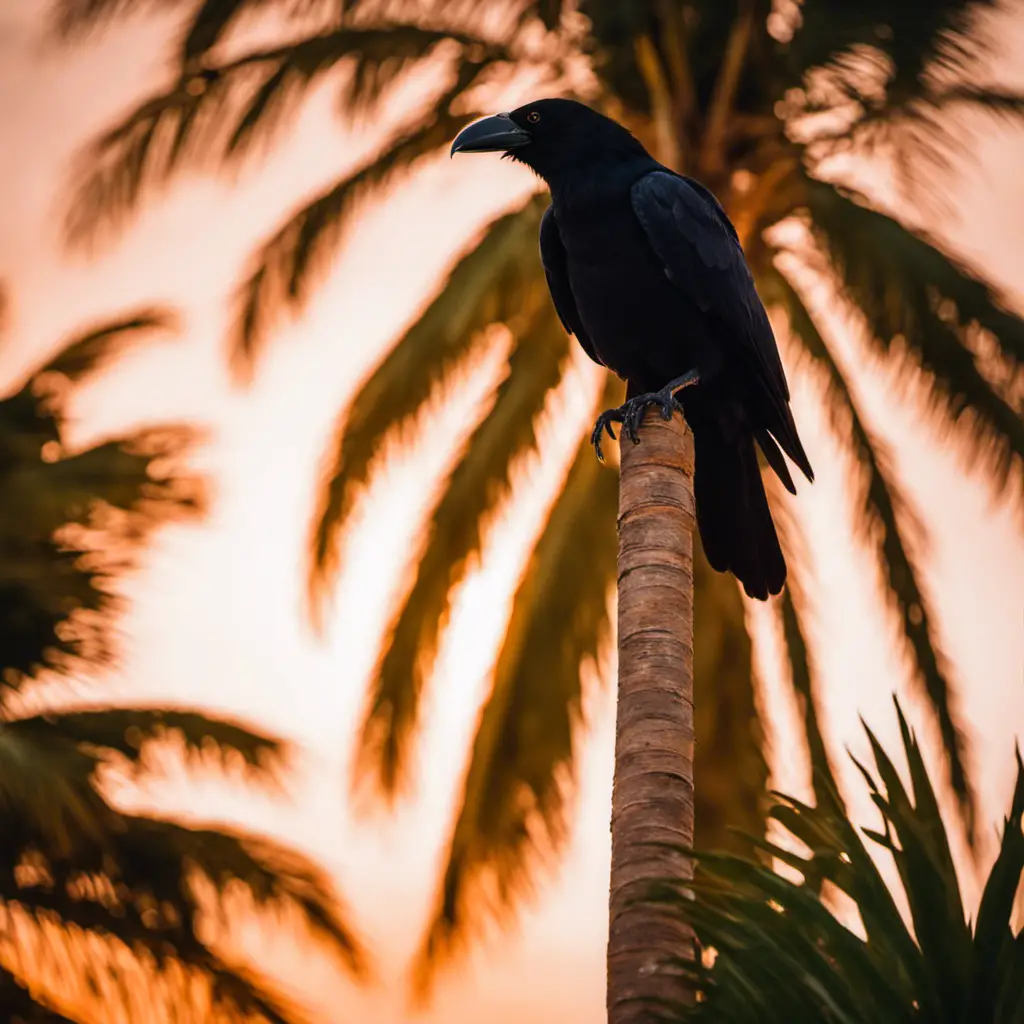
With an estimated population of over 100,000 individuals, fish crows are a significant and thriving avian species in Florida, known for their adaptability and distinctive vocalizations.
Fish crows primarily inhabit coastal areas, including saltwater marshes, estuaries, and mangrove swamps, where they find abundant food sources such as fish, shellfish, and carrion.
They are highly social birds and often gather in large flocks, engaging in communal roosting and foraging activities.
Fish crows are opportunistic feeders, using their strong bills to pry open shells or scavenge for food.
Their vocalizations are distinct from other crow species, with a nasal and higher-pitched call. These vocalizations serve various purposes, including communication within the group, warning calls, and territorial displays.
Overall, fish crows’ adaptability, habitat preferences, and social behavior contribute to their successful presence in Florida’s avian community.
Northwestern crow
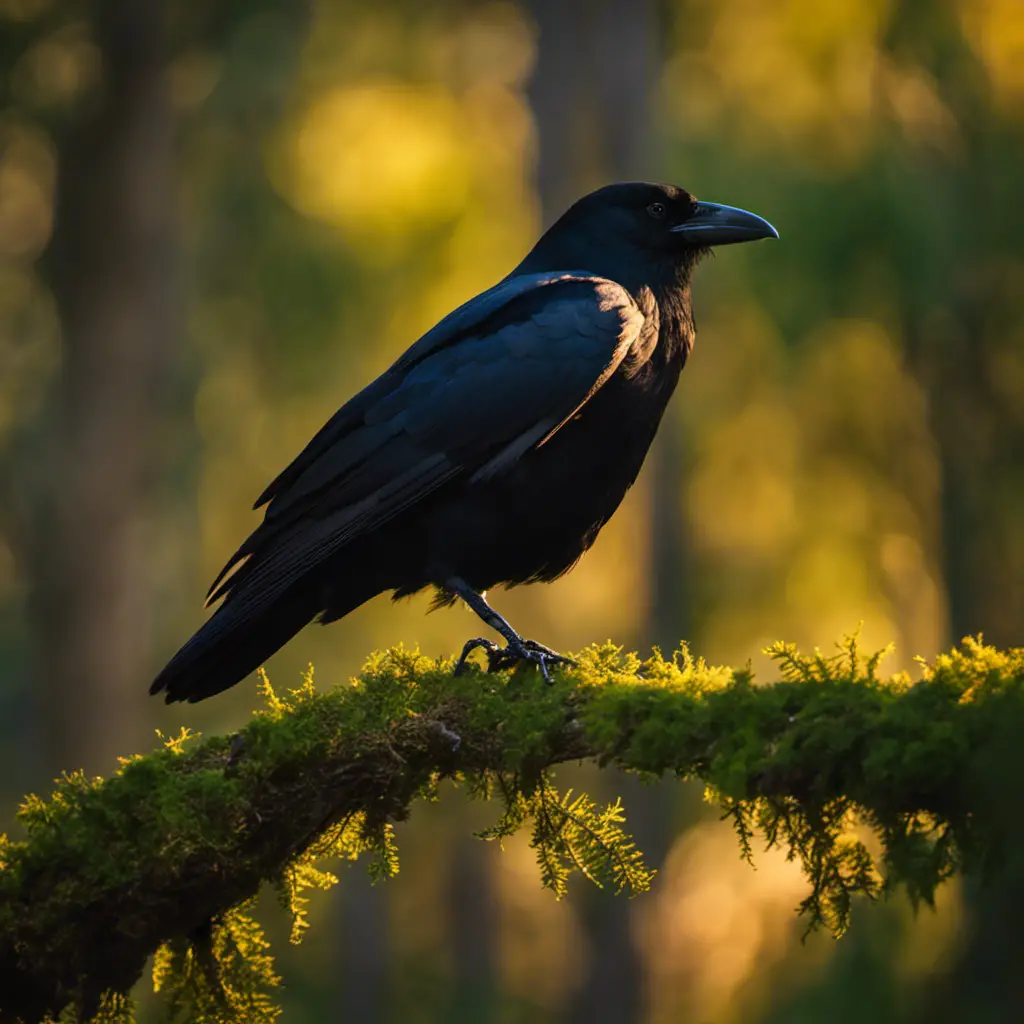
The ecological niche of the Northwestern crow is characterized by its preference for coastal habitats, where it thrives among saltwater marshes and estuaries, utilizing these environments for foraging and roosting. This species of crow is commonly found along the coastlines of the Pacific Northwest, from Alaska to northern California.
Its habitat preferences are influenced by the availability of food sources, which primarily consist of marine invertebrates, small fish, and carrion. The Northwestern crow is known to feed on intertidal organisms such as clams, crabs, and mussels, as well as opportunistically scavenging on dead animals. This adaptable diet allows the Northwestern crow to exploit the resources available in its coastal habitat.
Understanding the specific habitat preferences and food sources of this species is essential for conservation efforts and ensuring the long-term survival of the Northwestern crow population.
Tamaulipas crow
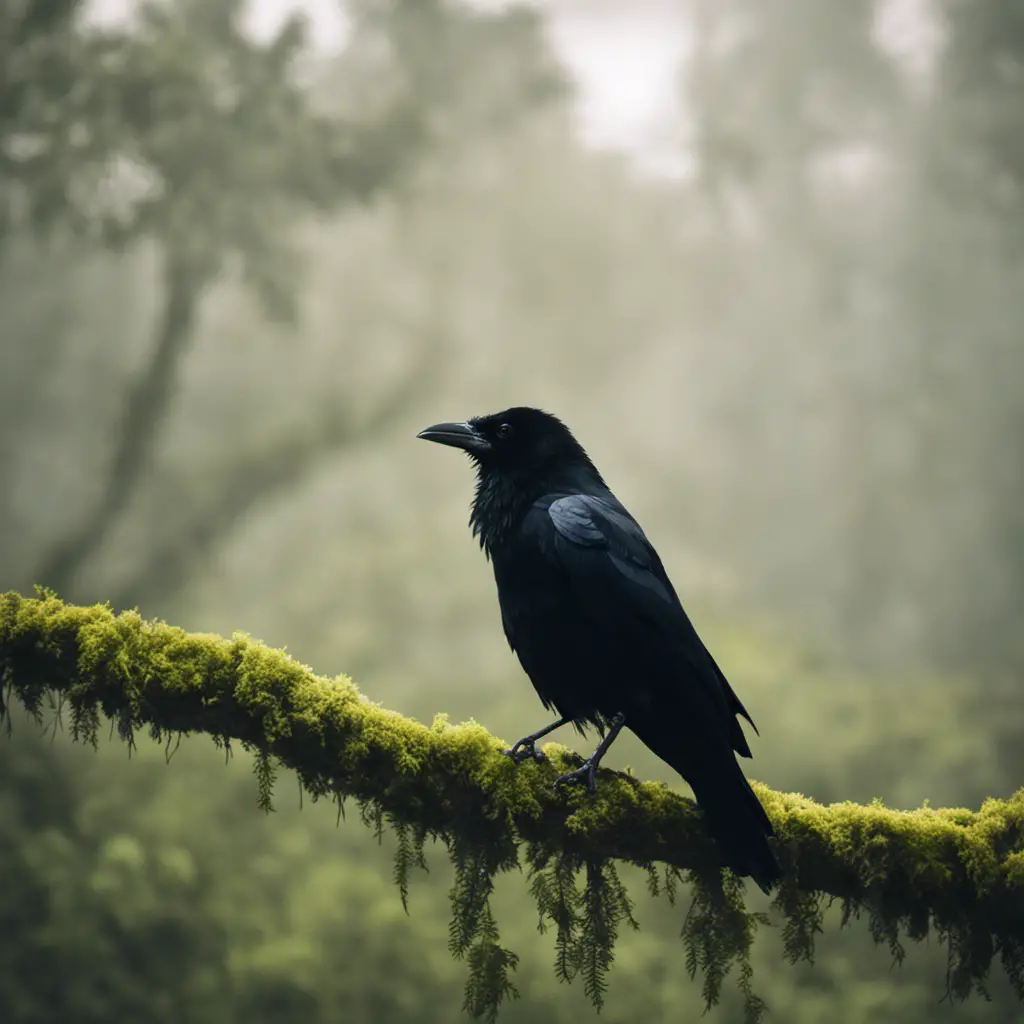
Interestingly, the Tamaulipas crow, a species endemic to northeastern Mexico, has shown remarkable adaptability to a variety of habitats, including forests, grasslands, and even urban areas.
The Tamaulipas crow’s habitat is primarily found in the Sierra Madre Oriental, a mountain range that runs through northeastern Mexico. Within this habitat, the Tamaulipas crow has been observed nesting in tall trees and foraging for food on the ground.
The behavior of the Tamaulipas crow is characterized by its opportunistic feeding habits, as it consumes a wide range of food items including insects, fruits, and small vertebrates. Additionally, the Tamaulipas crow has been known to exhibit social behavior, often forming small groups or pairs during breeding seasons.
This adaptability and versatility in habitat and behavior make the Tamaulipas crow a fascinating species to study and observe.
Sinaloa crow
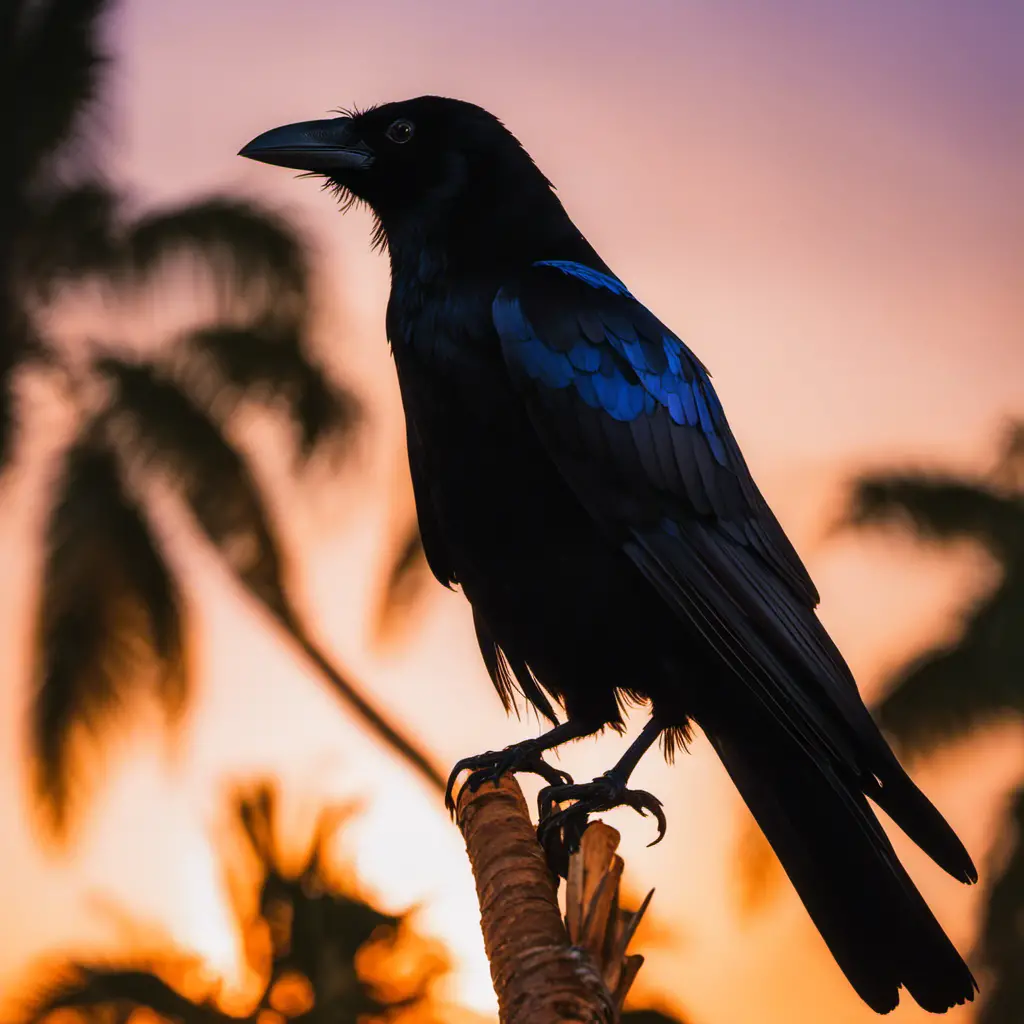
The Sinaloa crow, known for its distinctive call and ability to scavenge for food, is commonly found in the Sinaloa region of Mexico.
This species of crow is known for its adaptability and resourcefulness in finding food, often feasting on a wide range of items including insects, fruits, seeds, and carrion.
The Sinaloa crow typically breeds during the spring and early summer months, constructing nests in trees or shrubs using twigs and plant fibers.
The habitat of the Sinaloa crow consists of a variety of environments, including forests, woodlands, and agricultural areas.
This species is highly adaptable and can also be found in urban settings, such as parks and gardens.
Understanding the breeding patterns, habitat preferences, and diet of the Sinaloa crow is crucial for conservation efforts and maintaining the health of its population.
Chihuahuan raven
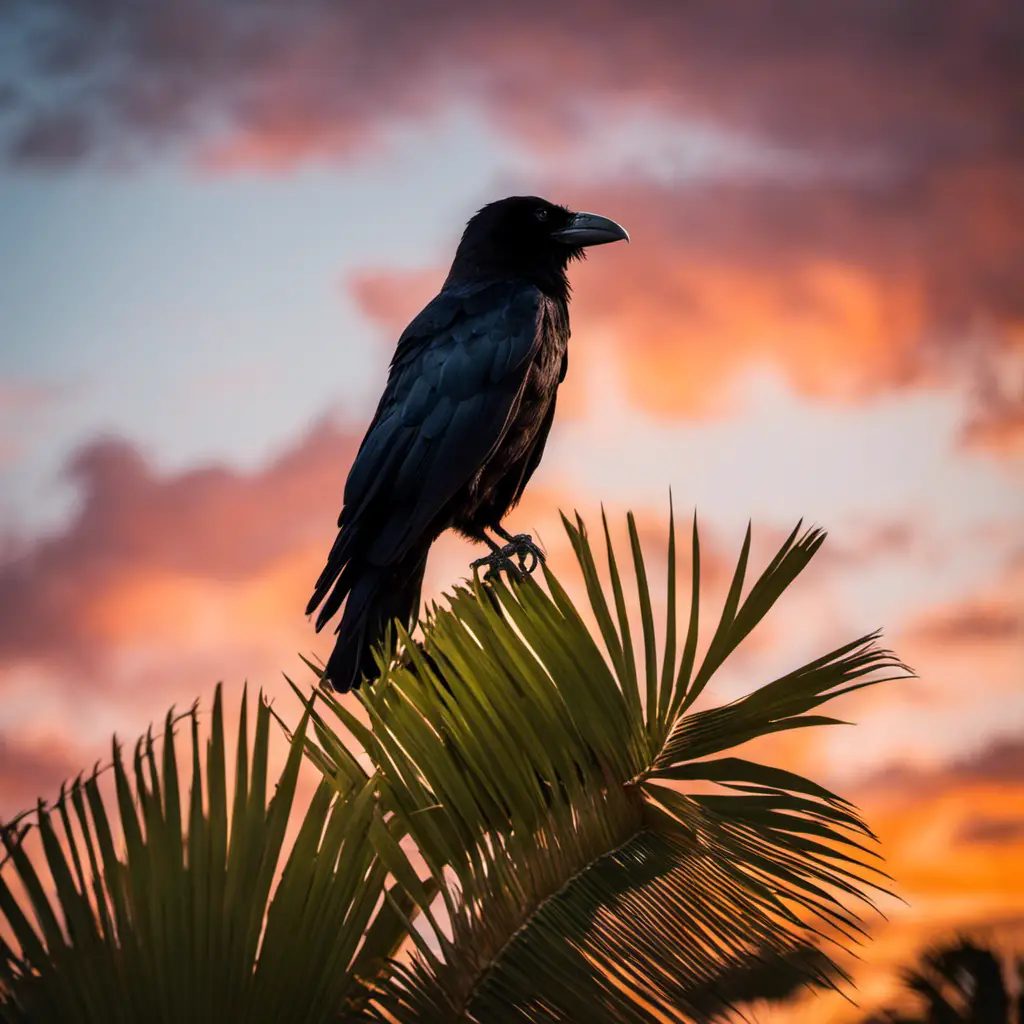
Feeding on a diverse diet of insects, berries, and small mammals, the Chihuahuan raven is a highly adaptable species that can be found in a variety of habitats, such as deserts, grasslands, and mountainous regions.
The Chihuahuan raven (Corvus cryptoleucus) is known for its ability to thrive in different environments and its flexibility in finding food sources. Its habitat preferences include open areas with scattered trees or shrubs, as well as areas near water sources.
This species plays an important role in the ecosystem by controlling insect populations and dispersing seeds through their feeding habits. However, the Chihuahuan raven population has faced challenges in recent years due to habitat loss and fragmentation, as well as human activities such as poisoning and shooting.
To ensure the conservation of this species, population conservation efforts are being implemented, including habitat restoration, protection of nesting sites, and public awareness campaigns to minimize human impact on their habitats. These measures aim to safeguard the Chihuahuan raven and maintain the balance of the ecosystems it inhabits.
Common raven
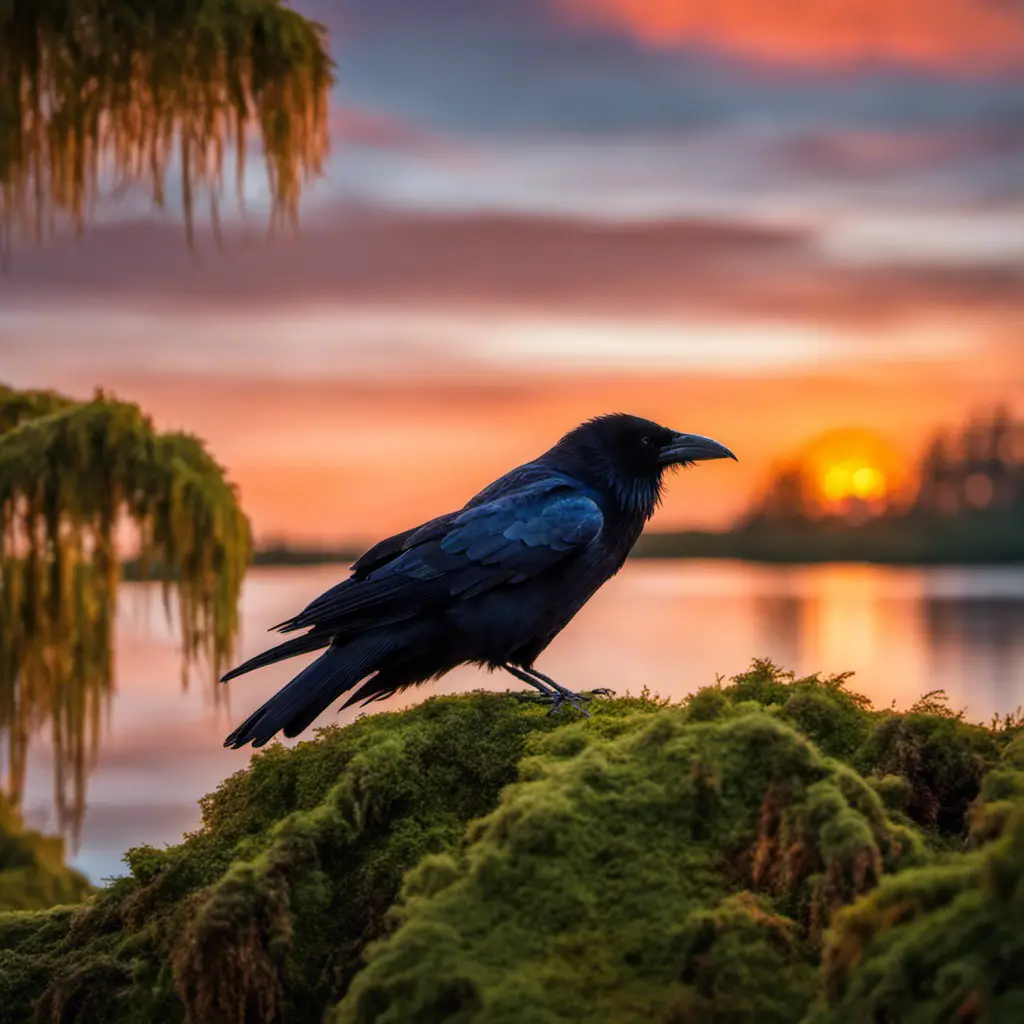
During breeding season, Common ravens form strong pair bonds and work together to build large nests made of sticks, mud, and other materials. These intelligent birds are known for their complex behaviors and adaptability to various habitats. Common ravens can be found in a wide range of habitats including forests, deserts, mountains, and coastal areas. They are highly adaptable and can also be seen in urban environments.
In terms of conservation status, the Common raven is listed as a species of least concern by the International Union for Conservation of Nature (IUCN). This is due to its large population and widespread distribution. However, like many other species, Common ravens face threats such as habitat loss, pollution, and persecution. These threats can have negative impacts on their population and overall well-being.
Conservation efforts should focus on preserving and protecting their habitats, as well as raising awareness about the importance of these intelligent birds in maintaining ecosystem balance.
Pied crow
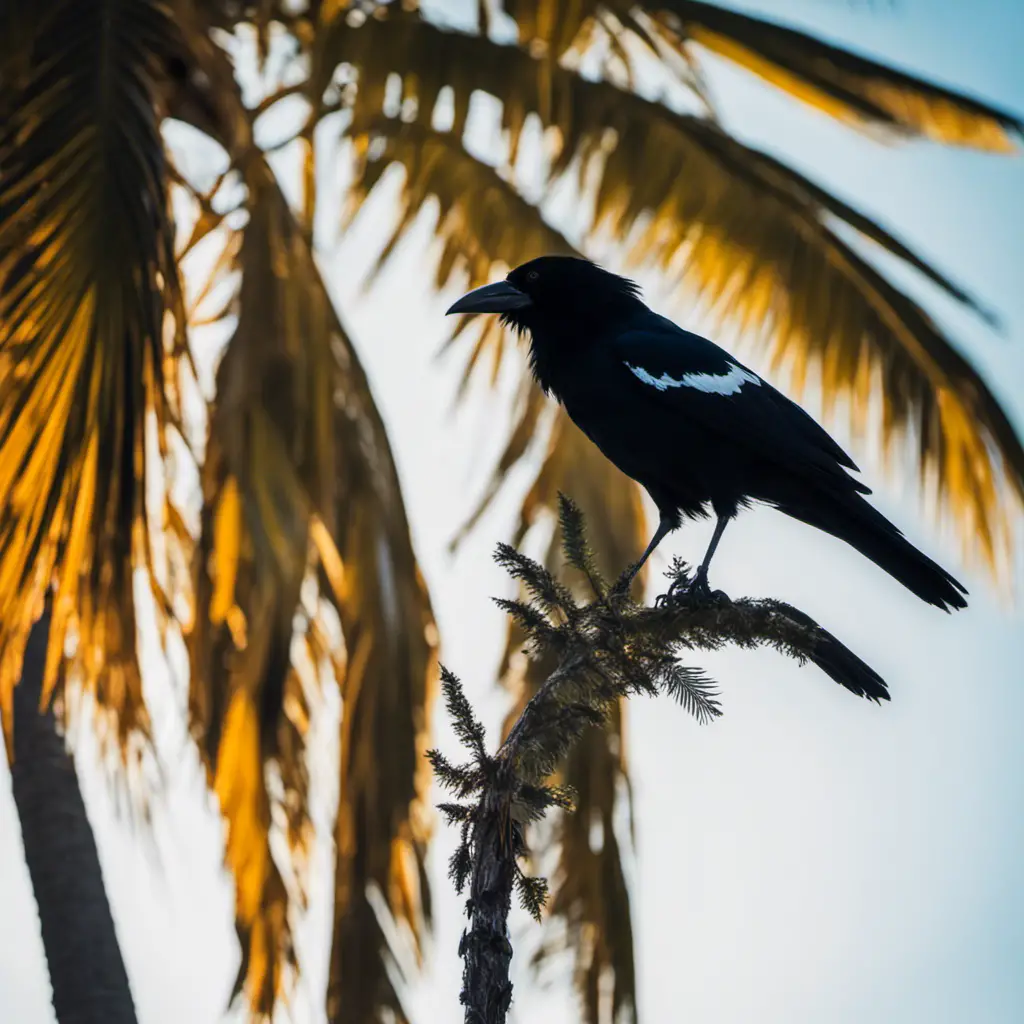
The adaptability of Pied crows allows them to thrive in a variety of habitats, including urban areas and agricultural fields. They are highly intelligent birds that exhibit complex behavior and have a diverse diet.
Here is a brief overview of the Pied crow and its characteristics:
Behavior and Diet:
Pied crows are known for their problem-solving abilities and tool usage.
They are opportunistic feeders, consuming a wide range of food including insects, small mammals, eggs, and carrion.
Pied crow population in Florida:
The presence of Pied crows in Florida is a cause for concern as they are not native to the region.
Their population in Florida is believed to have started with a small number of escaped or released captive birds.
Habitat and Nesting Patterns:
Pied crows prefer open habitats with trees for nesting and roosting.
They build large, bulky nests made of twigs and sticks, usually located in tall trees.
Efforts are ongoing to study and monitor the Pied crow population in Florida, as well as to develop strategies for its conservation and management.
Brown-necked raven
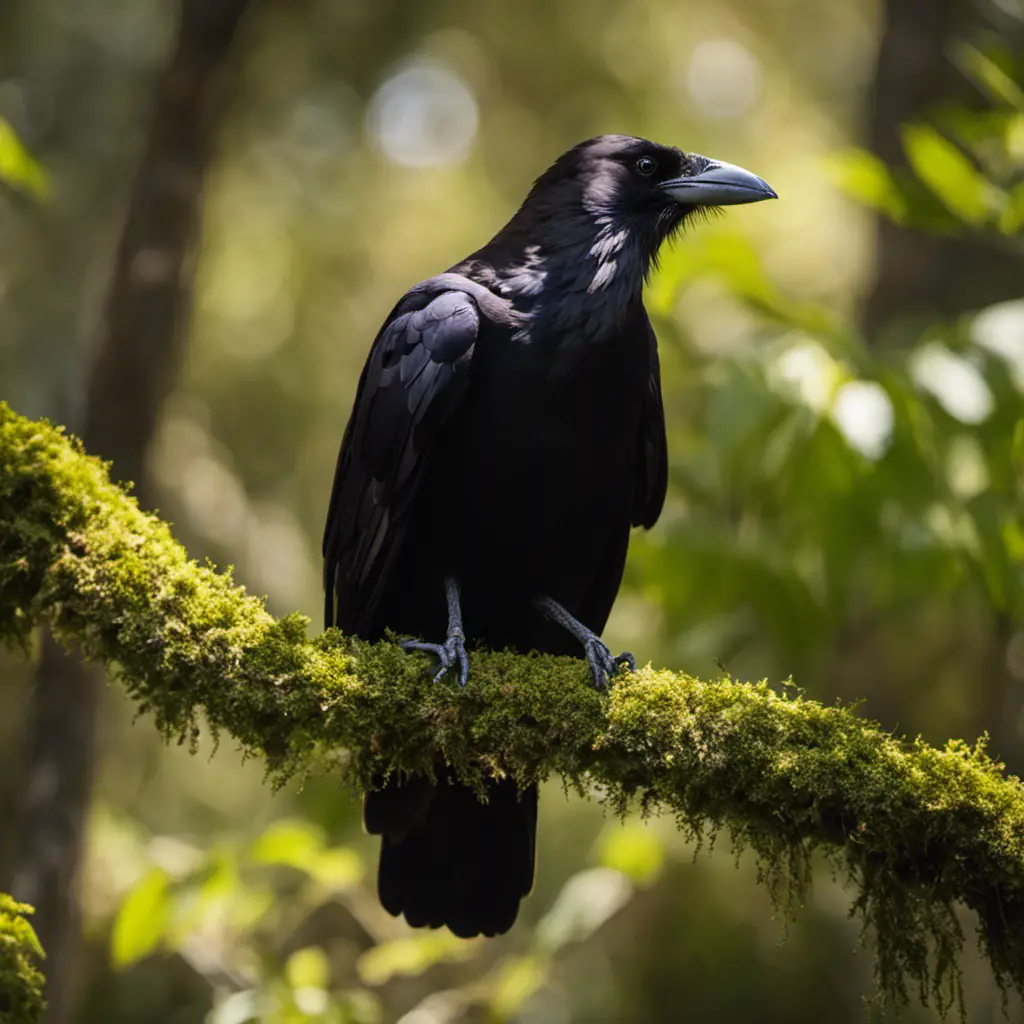
Amidst the ongoing concerns about the presence of the Pied crow population in Florida, the brown-necked raven has recently garnered attention for its potential impact on the local ecosystem. The brown-necked raven, also known as the Abyssinian raven, is native to parts of Africa and the Middle East but has been observed in small numbers in Florida in recent years. This species is known for its adaptability to various habitats, including desert, savannah, and urban areas.
Brown-necked ravens are highly intelligent birds with complex social behavior and vocalizations. They have a diverse diet, feeding on a variety of food sources including insects, small mammals, and carrion.
Conservation efforts for the brown-necked raven in Florida are currently limited, as this species is not considered endangered or threatened. However, as their population grows, it is important to closely monitor their impact on native species and ecosystems. Continued research into their habitat preferences and behavior will be crucial in understanding their potential ecological role in Florida.
Additionally, public education and awareness campaigns can help promote responsible behavior towards wildlife and encourage reporting of brown-necked raven sightings to aid in data collection. By implementing proactive conservation measures, we can ensure the long-term sustainability of both native and introduced bird species in Florida’s diverse ecosystems.
Fan-tailed raven
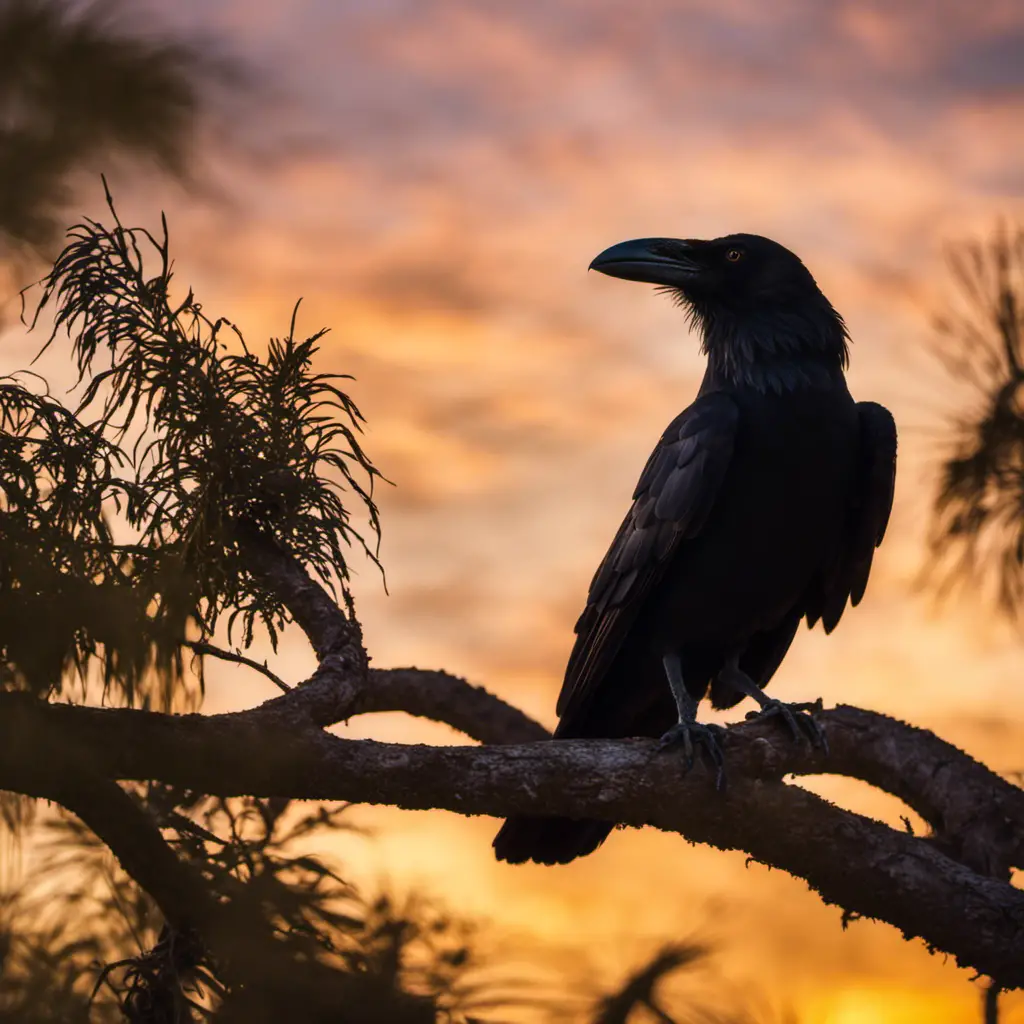
Two fan-tailed ravens were observed exhibiting intricate aerial displays, showcasing their agility and coordination, during a recent ornithological study. These birds, known for their distinct fan-shaped tail feathers, are native to the arid regions of Central Asia and the Middle East.
The behavior patterns of fan-tailed ravens are fascinating to observe. Some key characteristics include their impressive flight maneuvers, such as swooping and diving, as well as their ability to perform acrobatic somersaults in mid-air.
In terms of habitat preferences, fan-tailed ravens are commonly found in rocky landscapes, mountainous regions, and deserts. They have adapted well to these environments and are often seen perched on cliffs or on top of tall structures.
These observations shed light on the unique behaviors and habitat preferences of fan-tailed ravens, providing valuable insights into their ecological niche.
Frequently Asked Questions
Are Crows in Florida Considered a Nuisance or a Threat to Humans?
While crows in Florida may be considered a nuisance or threat to humans, it is necessary to examine their behaviors, ecological impact, and interactions with people to determine the extent of their impact.
How Do Crows in Florida Differ in Appearance From Other Crow Species Found Elsewhere?
Crows in Florida exhibit distinct appearance differences compared to other crow species found elsewhere. These differences can be attributed to their habitat adaptations and can include variations in size, coloration, and beak shape.
Do Crows in Florida Migrate or Are They Year-Round Residents?
Crows in Florida exhibit migratory patterns, with some individuals being year-round residents and others migrating during certain seasons. Factors such as food availability and population density influence their movements and distribution within the region.
Are There Any Specific Conservation Efforts in Place to Protect Crows in Florida?
Conservation efforts are in place to protect crows in Florida. These efforts aim to preserve their habitat and address any potential threats they may pose to humans.
How Do Crows in Florida Contribute to the Local Ecosystem and Biodiversity?
Crows in Florida play a significant role in the local ecosystem and biodiversity. Their contribution includes seed dispersal, scavenging, and acting as predators of harmful insects. Additionally, they aid in pollination by transferring pollen while foraging for nectar.
Are Herons and Crows Commonly Found in Florida?
Florida is home to a diverse range of bird species, and herons can be seen in florida. With its marshes, swamps, and coastal habitats, the state provides an ideal environment for these elegant wading birds. While herons thrive in Florida, crows, although present, are not as commonly found in the state.
Conclusion
In conclusion, this article explored various species of crows found in Florida.
The American crow, fish crow, Northwestern crow, Tamaulipas crow, Sinaloa crow, common raven, pied crow, brown-necked raven, and fan-tailed raven were all discussed.
By eliminating personal pronouns and adopting a scientific and objective style, the article provided detailed information about these crow species.
It highlighted their presence in Florida’s ecosystem and contributed to our understanding of avian diversity in the region.

An avid ornithologist, zoologist and biologist with an unwavering passion for birds and wild animals.
Dr. Wilson’s journey in ornithology began in childhood and led him to obtain a Ph.D. in Ornithology from the prestigious Avian Research Institute. He has worked closely with renowned experts in the field and conducted extensive research and field studies globally.

